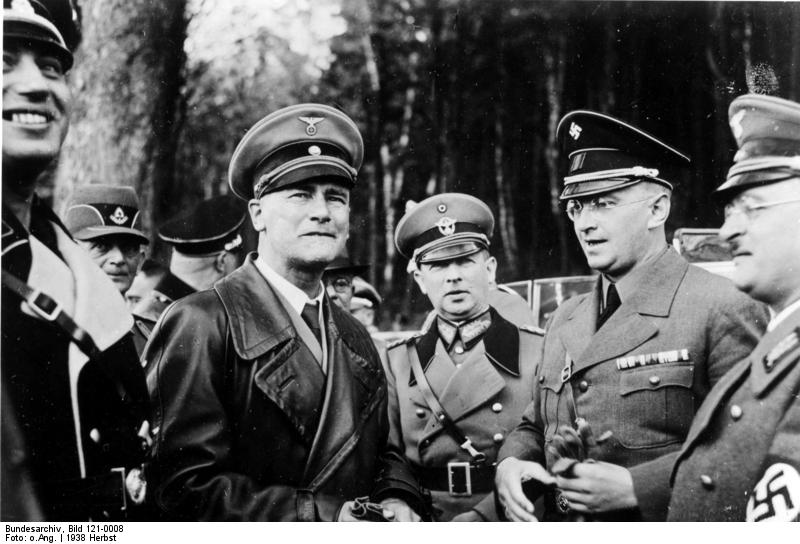
Wilhelm Frick – Hitler’s Minister of the Interior – was born on this day in Germany. He was the son of a Protestant teacher from a small town in western Germany. Wilhelm Frick was educated for a lawyer and joined the criminal police (Kriminalpolizei) in Bavaria. Frick actually came in contact with Adolf Hitler rather early – in the first half of the 1920s, i.e. about ten years before Hitler’s rise to power.
Frick participated in Hitler’s famous “Beer Hall Putsch” in 1923 in Munich, even though he was a state police officer at that time. After the coup was crushed, he was dismissed from his police job and sentenced to imprisonment. After being set free, he achieved a successful career in Hitler’s Nazi Party (NSDAP). Interestingly, Frick was the first member of the Nazi party who received a ministerial post in a German provincial government. It was the government of Thuringia (Thüringen).
When Hitler became Chancellor of Germany, he appointed Wilhelm Frick Minister of Interior (Reichsminister des Innern). It is interesting that, on this position, Frick soon got the power to appoint all mayors of German cities with more than 100,000 inhabitants (excluding Berlin and Hamburg, which Hitler kept for himself). The so-called Reich governors (Reichsstatthalter) – people with virtually dictatorial powers over some parts of Germany, were directly responsible to Frick.
Later, Frick came into conflict with Heinrich Himmler during a power struggle. Himmler won – he first became chief of all German police forces, and later even replaced Frick as Minister of the Interior. After the war, at The Nuremberg Trials, Frick was found guilty and hanged.




